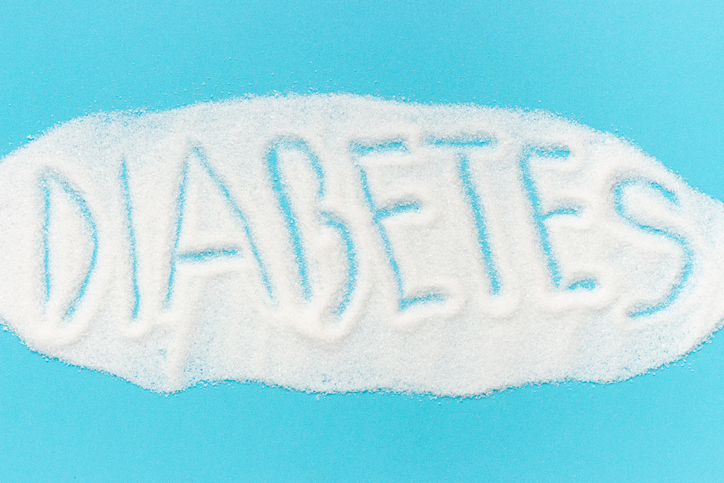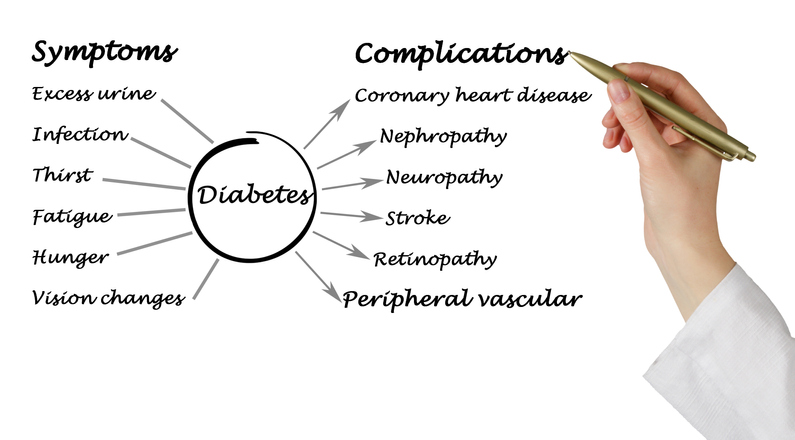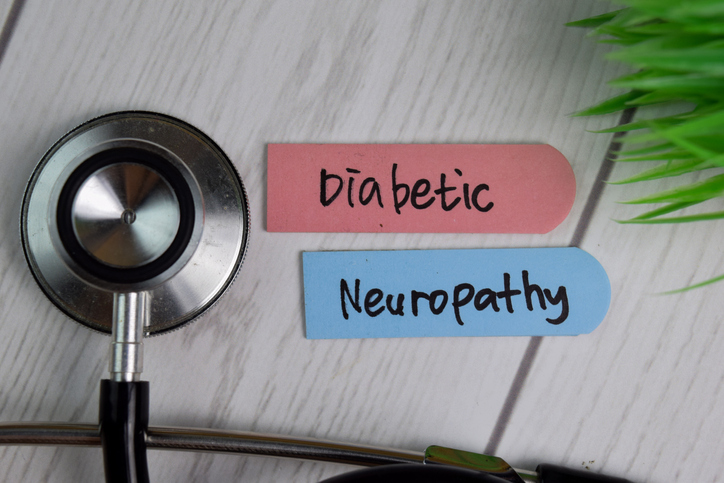Pain
What Is Type 2 Diabetes?

Type 2 diabetes ― a type of diabetes mellitus — is a chronic condition that affects the way the body metabolizes sugar. With type 2 diabetes, the pancreas produces little to no insulin or the cells in the body can’t effectively use insulin (insulin resistance) to maintain normal blood glucose levels.
Type 2 diabetes, also known as adult-onset diabetes, occurs most often in people over 40 years of age; however, with the rise of childhood obesity, it is occurring with increased frequency in children. An estimated 90% of individuals with a diabetes diagnosis have type 2 diabetes.
Symptoms of type 2 diabetes
Symptoms of type 2 diabetes include, but are not limited to, the following:
- Increased thirst
- Frequent urination
- Increased hunger
- Unintended weight loss
- Fatigue
- Blurred vision
- Itchy skin
- Dry mouth
- Slow-healing sores
- Frequent infections
- Areas of darkened skin, typically around the underarms and neck
Causes of type 2 diabetes
Although the exact cause is unknown, genetic and environmental factors play a key role in the development of type 2 diabetes. Not everyone who is overweight develops diabetes; however, carrying excess weight is linked to its development.
Prediabetes is often a precursor of type 2 diabetes as cells become resistant to insulin, and the pancreas is unable to make enough insulin. A prediabetes diagnosis involves blood sugar that is higher than normal but not high enough for a type 2 diabetes diagnosis.
Risk factors for type 2 diabetes
The risk factors of developing type 2 diabetes include, but are not limited to, the following:
- Excess body weight
- Family history of type 2 diabetes
- Age over 45
- Medical conditions, such as prediabetes, gestational diabetes or polycystic ovary syndrome (PCOS)
- Physical inactivity
- African American, Hispanic, Latino American, Pacific Islander, Native American or Asian race
- Fat stored mainly in the abdominal region (males with a waist circumference above 40 inches [101.6 centimeters] and females with a waist circumference above 35 inches [88.9 centimeters]).


















